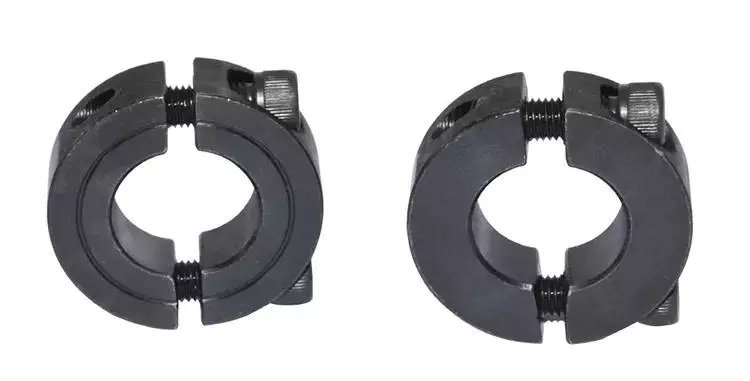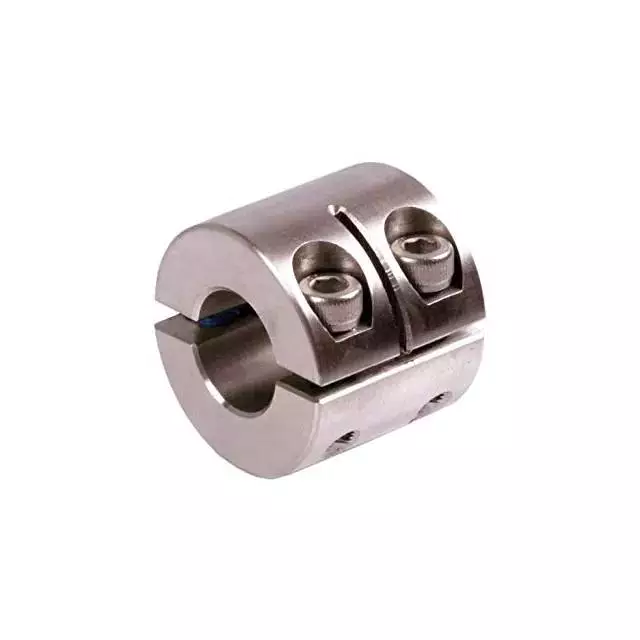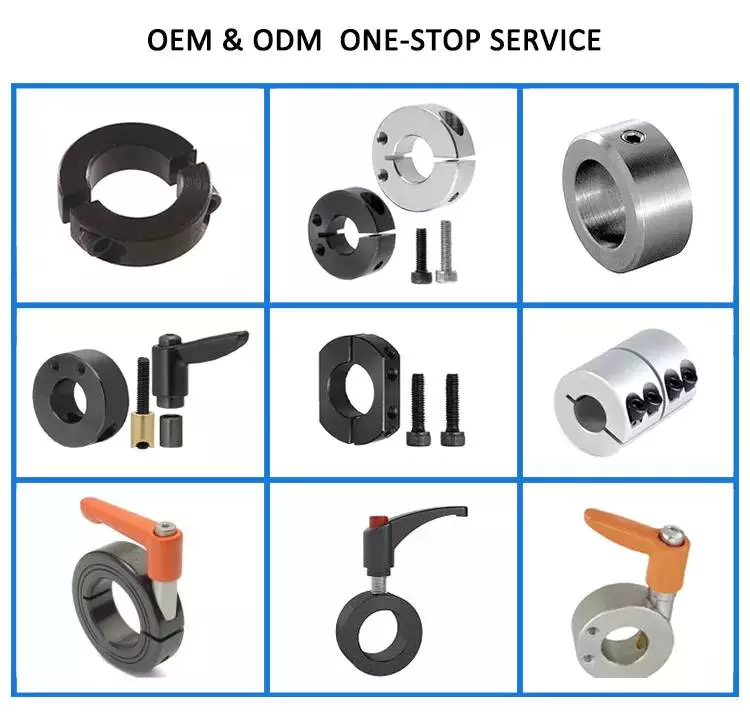Item Description
Solution Description
Product Software of equipment for metal manufacturing for wire rod,tmt bar making
1. Final item: 5.5-12mm wire rod, 8-32mm rebar, forty-120mm spherical bar,strip metal etc
two. Uncooked material: steel scrap or billet
(billet area measurement:sixty*60mm,80*80mm,one hundred*100mm,one hundred twenty*120mm,a hundred thirty*130mm,one hundred fifty*150mm,180*180mm and many others
length: 3m,6m or 12m )
three. Yearly ability: 50,000T/Y 100,000T/Y 150,000T/Y two hundred,000T/Y 300,000T/Y five hundred,000T/Y 800,000T/Y etc.
four. Metal variety:Reduced carbon steel, center carbon metal, large carbon steel,top quality carbon structural steel, alloy metal, chilly heading steel ,welding steel,titanium alloy,resource metal and so on.
Process Stream:
Scrap to rebar:
Scrap → Smelting CZPT → CCM(Casting) → induction CZPT → roughing mill machines → intermediate rolling mill machines → ending rolling mills → shear → cooling → sizing →collecting → packing → rebar storage
Billet to rebar/wire rod:
Metal billets → reheating CZPT → roughing mill devices → intermediate rolling mill devices → pre-finishing mills → shear → cooling → sizing →collecting → packing → rebar storage
(Pre-finishing mills → shears → wire rod block mills → pinch roll and laying head → coil cooling conveyor → coil collection station → PF line → packing → wire rod storage )
Major Attributes:
1) Total ongoing rolling,manage rolling,management cooling rolling approach environment.
two) Adopting advanced planet famous model elements in equipment key elements ,electric powered components and operation parts.
3) The rolling method is smooth,completed merchandise have high precision and top quality with large manufacturing produce.
four) Running in a higher automatization and intellectualization,preserve manpower.
five) Extensive provider for gear supply, layout style, following-sales installation and commissioning solutions.
Thorough Pictures:
Roughing/intermediate angle steel hot rolling mill
Identify:Housingless Mill "short stress route"
Manufacturer:Hangji
Authentic: China
Attribute:
-- Extended roll life span.
-- The roll hole neutrality much better and effortless to operate.
-- Quickly roll modify, high automation efficiency and so forth.
-- Short pressure line product significantly much better for wire rod
and bar creation.
Pre-ending mill/Modular rolling mills with H-V rrangement
Name: Modular rolling mills with H-V arrangement
Brand: Hangji
Original:China
Feature:
-- The roller gap is altered by employing the eccentric locking collar, by altering the lead screw and nut , the eccentric locking collar will spin and then push the roller shaft to shift symmetrically, in so to achieve the adjustment of roller shaft gap. The ideal advantage of this adjustment technique is that the central line will be held unchanged.
-- By utilizing the thrust bearing that set at the conclude of the roller shaft, we can efficiently avoid the axial change of the roller shaft, in so to ensure dimension accuracy of the solution.
-- The dimensions and composition of the roller box for horizontal framework and vertical framework are the identical, all the components are interchangeable.
-- The energy transmission and velocity manage are carried out by a pair of spiral bevel gears in the transmission box, the reducer is omitted from the transmission method of the vertical rolling mill, so that the whole products is lighter and smaller.
-- As the horizontal framework is totally symmetrical, it can be rotated 180°, so it can be shared by 2 manufacturing strains that located at its right and left facet.
-- Xihu (West Lake) Dis.s device
The entrance of roller box has installed scroll CZPT and slip guidebook, the exit of roller box just has slip guidebook, slip CZPT is lubricated by special lubrication gadget.
Wire rod block mill/monoblock
Identify:Leading cross 45 ° no twist large duty block mill train
Model:Hangji
First: China
Feature:
-- Substantial load ability
-- Minimal routine maintenance oil film bearing design
-- Multi-groove rolls for maximum roll utilization
-- Common stand layout allows interchangeability from 1 stand position to another
-- Interlocks with mill controls
Ending mill(wire rod block mill/monoblock)
Title: Top cross forty five ° no twist hefty responsibility block mill train
Brand: Hangji
Modle: 90m
First: China
Characteristic:
-- Unmatched creation stages
-- Improved laying sample and coil package
-- Minimized vibration and downtime
-- Patented engineering
-- Electric powered linear actuator replaces hydraulic strains
-- Retrofits accessible for existing High Pace Laying Heads
Our Organization
Professional Producer and Provider Answers Company For higher-speed wire rod /rebar creation Line
HangZhou WeiKeduo Electrical and Mechanical Products Co., Ltd. with above twenty years encounter in metallurgical business, commits to substantial high quality rolling procedure design and style and sizzling angle steel very hot rolling mill producing for wire rod, bar,rebar, tmt bar and other specific steel manufacturing line,particularly good at high-velocity line design,as effectively,comprehensive installation assistance services.
As a higher-tech organization with ISO9001 certification & EU, BV certification, "Hangji" brand is effectively identified in China and overseas, with far more than 10 patents for steel rolling mahines, HangZhou CZPT has the steel Bar and Wire rod Investigation Heart in HangZhou with a total R & D, generation and right after-product sales service method
Our Services
Pre-Revenue Service:
* Inquiry and consulting assistance.
* Sample testing help.
* Checking out our Manufacturing facility.
Right after-Revenue Service:
* Instruction how to instal the machine, coaching how to use the machine and commissioning.
* Engineers obtainable to support equipment overseas.
Please get in touch with us freely if any require
Best regards
Alma Yang
|
US $1,000-10,000 / Set | |
1 Set (Min. Order) |
###
| Rolling Shape: | Ribbon, Bar, Wire, Wire Rod ,Rebar,Tmt Bar |
|---|---|
| Product: | Steel Ball, Profile, Rolling Beam, Steel Billet, Wire Rod ,Rebar,Tmt Bar |
| Roller Position: | Horizontal |
| Roller Number: | Two-High |
| Layout: | Continuous |
| Type: | Hot Rolling Mill |
###
| Customization: |
Available
|
|---|
|
US $1,000-10,000 / Set | |
1 Set (Min. Order) |
###
| Rolling Shape: | Ribbon, Bar, Wire, Wire Rod ,Rebar,Tmt Bar |
|---|---|
| Product: | Steel Ball, Profile, Rolling Beam, Steel Billet, Wire Rod ,Rebar,Tmt Bar |
| Roller Position: | Horizontal |
| Roller Number: | Two-High |
| Layout: | Continuous |
| Type: | Hot Rolling Mill |
###
| Customization: |
Available
|
|---|
Choosing a Shaft Collar
The shaft collar is a simple machine component used in a variety of power transmission applications. They are most often found on gearboxes and motors. Their simple design makes them an easy component to install and remove. Among other uses, shaft collars are used as bearing faces, mechanical stops, and locating components.
Clamp-style shaft collars
Clamp-style shaft collars fix many of the problems associated with set-screw collars. Available in two-piece and one-piece designs, these collars compress the shaft and lock into place. This allows for a uniform distribution of force on the shaft. Clamp-style shaft collars provide more holding power than set-screw collars, but they work best under consistent pressure. Clamp-style shaft collars also work better against negative forces, as they have a separate, un-tightened side.
Clamp-style shaft collars feature mounting holes in the outer diameter. Like clamp-style collars, mountable shaft collars can be installed on adjacent assemblies, but the mounting method does not affect holding power. Mountable shaft collars are commonly used in mounting sensor brackets. They may have rounded or flat outer diameters to accommodate the mounting process. Mountable shaft collars may also have tapped or flat holes to facilitate installation.
Quick-clamp shaft collars have the same functionality as clamp-style collars, but feature a removable lever. They are typically quick-to-install and do not mar the shaft. Quick-clamping collars are especially beneficial in applications that require light-duty torque. They also make for quick and easy adjustments.
Heavy-duty shaft collars feature larger outer diameters, a wider face, and a larger screw. These collars are ideally suited for d-shafting and can offer greater holding power than set-screw collars. These collars are typically manufactured from high-strength 2024 aluminum.
Clamp-style shaft collars can be used in many different applications. They can be used for a variety of applications, including bearings, and are especially suited for rotary machines. However, there are some drawbacks. While they may not be as flexible as set-screw collars, they can still perform well under constant loads. One drawback is that they tend to loosen under shocks and reduce the holding power of clamping hardware.
Another advantage of clamp-style shaft collars is that they do not mar the shaft and allow for easy positioning adjustments. Furthermore, they are easier to install and offer greater holding power than set-screw collars. These collars are made from high-quality materials with tight tolerances and are available in different bore sizes.
Clamp-style shaft collars are the most common type of shaft collars. They can be two-piece or one-piece. Among these, two-piece collars are the most convenient option. One-piece collars are hard to move, and two-piece collars have a hinge on one side and a clamp-style collar on the other side.
The materials used in Clamp-style shaft collars play a crucial role in their overall performance. They should be strong, corrosion-resistant, and have good holding power. They should also be able to withstand high temperatures. The most common materials used for shaft collars are steel and aluminum. Some types are made from stainless steel, while others are made from engineered plastic.
Clamp-style shaft collars can come in two pieces or single-piece designs. The smaller one-piece collars usually have a back-cut opposite the clamp cut, which reduces the cross-sectional area at the hinge point. This reduces the amount of force required to clamp the collar, which makes it easier to use stronger screws.
Aluminum, carbon steel, and stainless steel shaft collars
When choosing a shaft collar, you should consider the material it is made of. You can purchase collars made of carbon steel, aluminum, or stainless steel. Each of these materials has its benefits and disadvantages. Steel is more durable than aluminum and tends to provide better holding power. Aluminum, on the other hand, is lighter and has a favorable strength-to-weight ratio. The material you choose should depend on your specific needs, such as corrosion resistance or weight.
Mountable shaft collars are used to mount sensors, fixtures, and other assemblies. These collars are available with outer diameter holes, flats, or quick-release designs. The material used to make these collars varies, with standard models made of 1215 lead-free steel and 2024 aluminum.
When choosing shaft collars, take into account the material and surface treatment. Different materials offer different properties, which will determine the performance of the collar. In addition to material, each shaft collar comes with a different holding power. Holding power is a key factor in choosing a shaft collar because it determines the amount of load it can withstand without slipping. The holding power depends on the screw size, the bore size, and the bulk of the collar.
Aluminum, carbon steel, and stainless steel shaft-collars can come in various styles. CZPT, for example, offers standard shaft collars in hex and d-bore profiles. Hex collars provide extra holding power and are better than set screws. Additionally, they do not mar the shaft and provide a better grip.
Another type of shaft collar is the quick-clamp shaft collar. These features allow users to install and remove them with ease. The quick-clamp collar has a handle that allows the user to quickly adjust it. While these shaft collars are designed for light duty applications, they are not recommended for heavy-duty or high-RPM applications.
Shaft collars are simple yet versatile components. They are used for various applications, including mechanical stops, stroke limiters, and retainers. They can also be used to align and space other components. Shaft collars are widely used in gearbox assemblies, flagpoles, and medical instruments, among others.
Two-piece shaft collars offer the same benefits of one-piece shaft collars, but offer additional convenience and versatility. They are easier to install and disassemble, reducing installation and labor costs. They also offer superior holding power. They also feature a threaded bore that acts as a positive mechanical stop when the shaft is rotated.
Over-torqueing shaft collars
Shaft collars are often used to secure components on shafts or other surfaces. They also provide an easy way to adjust the positioning of motor assembly components. Many different types of shaft collars are available to meet the specific needs of different applications. These include round, hexagonal, square, and D-bore collars.
The design of shaft collars must account for the load they will support. Some collars are made of metals, while others are made of plastic or composite materials. Typically, shaft collars are made of steel, but can also be made from aluminum or alloyed steel. Some are coated with zinc.
Shaft collars are available in one-piece and two-piece designs. Single-piece collars are designed to fit securely around a shaft, while double-piece collars allow for greater clamping force. These collars can be assembled anywhere along the shaft and can be installed between two pieces. They are available in different bore configurations and can be customized to meet your specific application.
Clamp style collars are easy to install and disassemble, and have a larger holding force than one-piece collars. These collars are also more shock-load resistant. They also don't mar shaft surfaces, unlike setscrews. They can also be easily adjusted without damaging the shaft. Another style of collar is the quick-clamping style. This type of collar doesn't mar the shaft, and is easily installed and removed without tools. These are best for light-duty applications.
When choosing a shaft collar, you should consider the tolerance of the shaft. It is important to select a shaft with a tight tolerance. The shaft's hardness should not be greater than Rockwell C35. A wide tolerance will affect the holding power of the collar. If the shaft is undersized, you may need to use a screwdrive to slide the collar on the shaft.
Shaft collars are a versatile component with many different applications. They can secure industrial railings or serve as positioning devices in medical equipment. They are also widely used in automation machinery. They are used to protect cylinders and actuators and to ensure alignment between components. For this reason, they are very versatile and adaptable.
Clamp-style collars work well under constant loads, but they may need assistance during impact loads. Shock loads can be difficult to avoid, especially if the mass is small. Clamp-style collars with an undercut in the shaft help to resist the impact of shock. Moreover, they offer positive stops in both axial directions.
Clamp-style shaft collars are a good alternative for set-screw collars. They are easy to install and prevent shaft damage. They also come with an added advantage of being easy to adjust. Clamp-style shaft collars have double the holding power of set-screw collars.
In addition to holding components, shaft collars can also function as spacers and limit shaft movement. They are essential for many applications. They are commonly used in motors and gearboxes to ensure correct positioning for power transmission. They are also used to control shaft movement in reciprocating applications.

editor by czh 2023-02-03